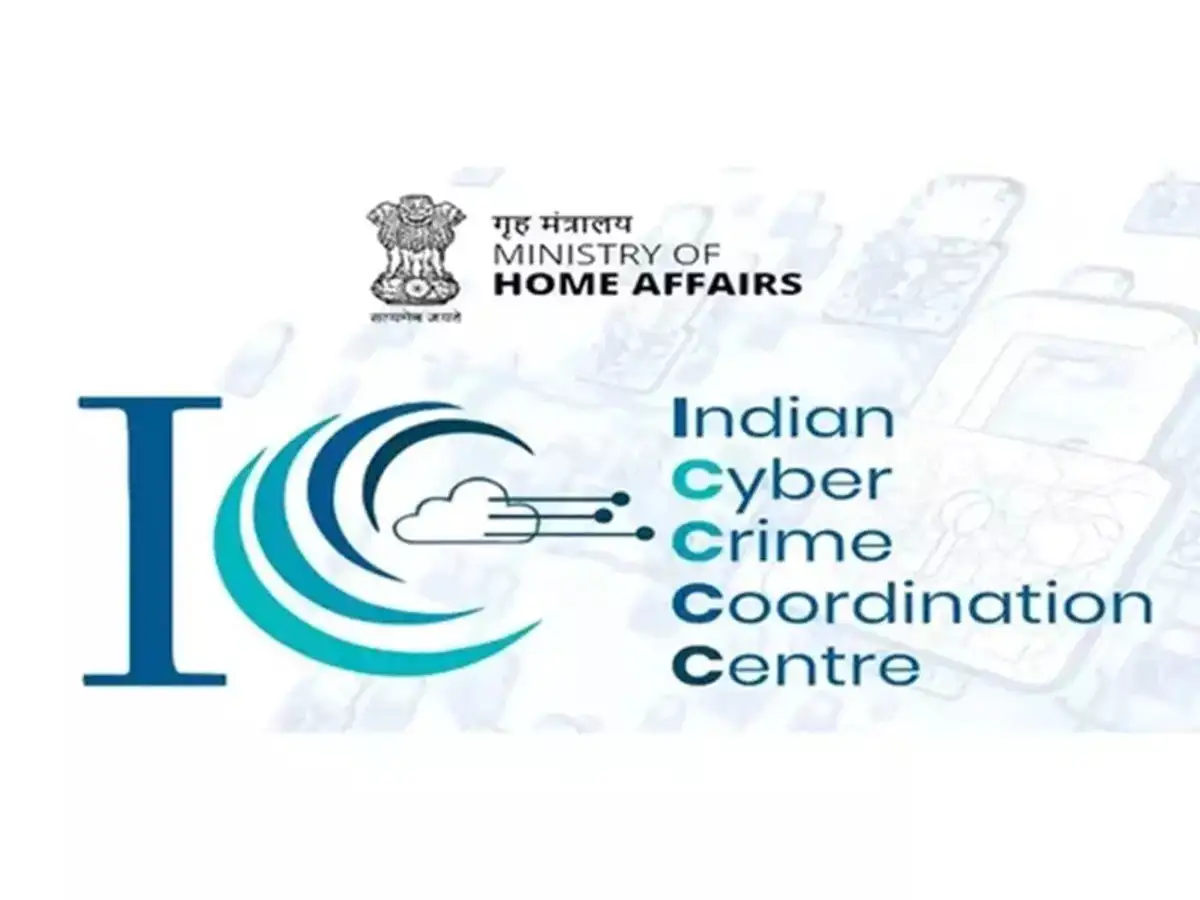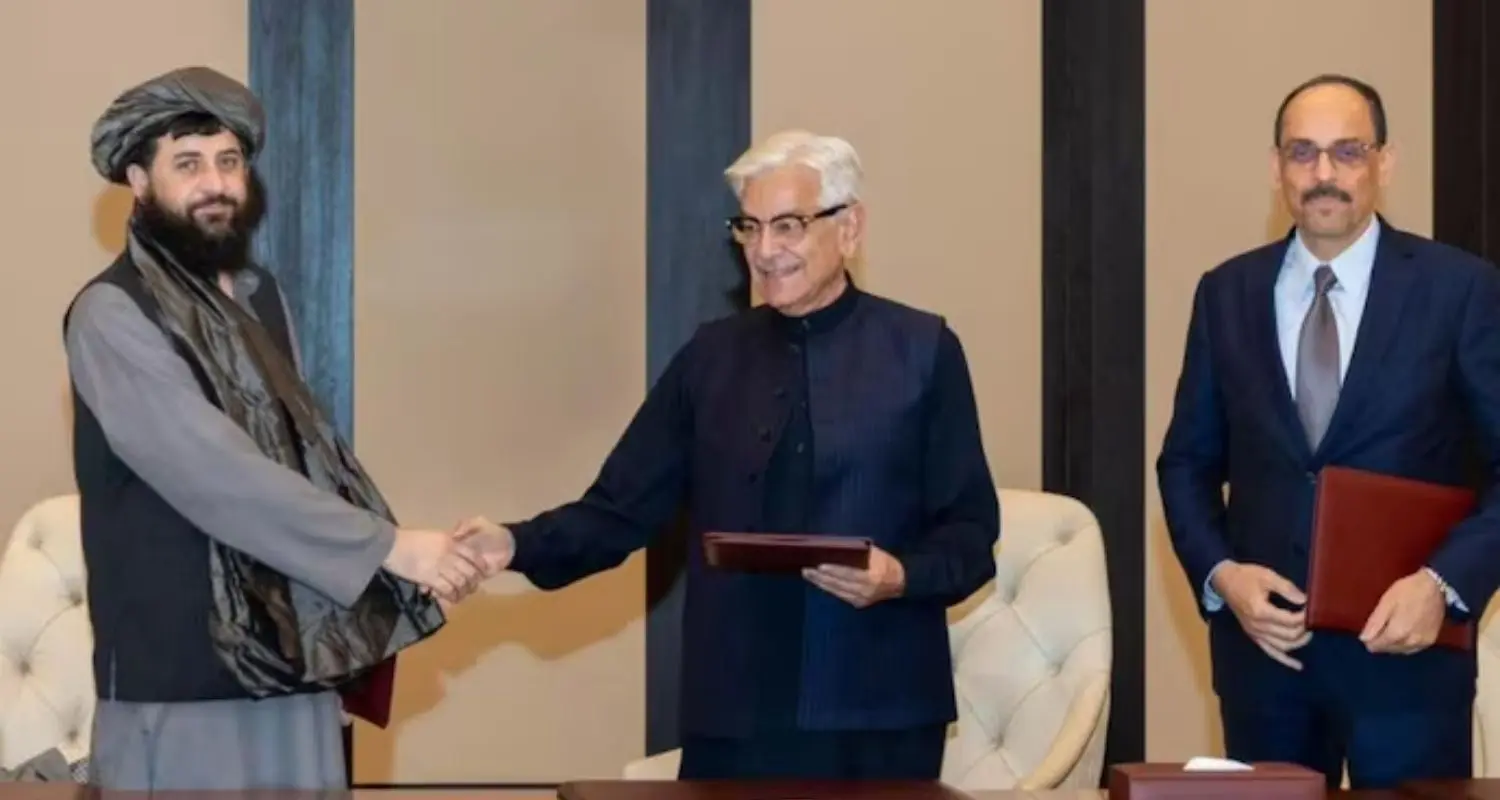Need to Fix India’: US Calls on New Delhi to Open Markets and Respond Positively to America’s Trade Demands
- byAman Prajapat
- 28 September, 2025
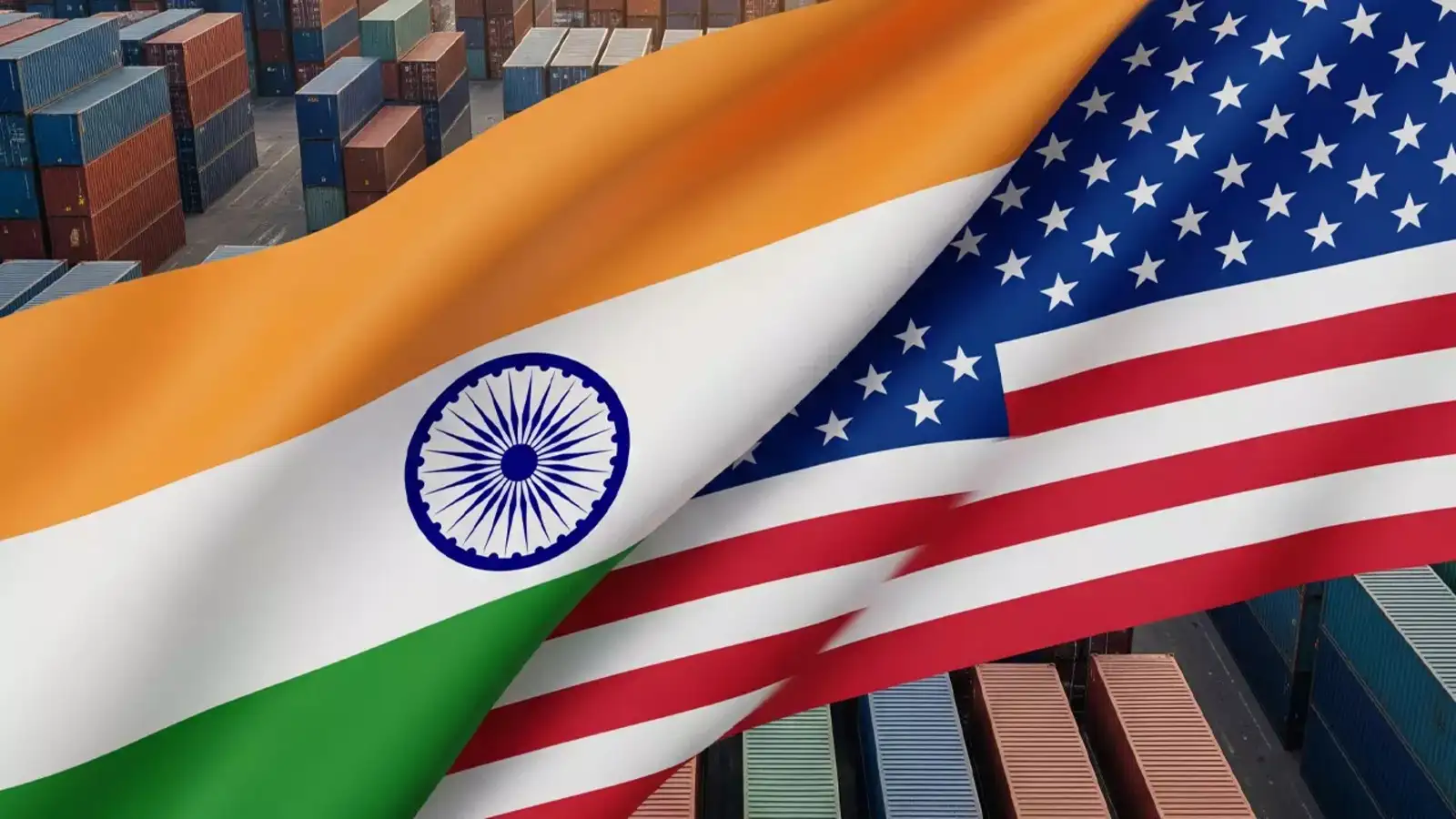
1. The Trigger: U.S. Calls Out India
In a recent and bold statement, senior American officials declared that there is an urgent “need to fix India.” The phrase was used to highlight Washington’s growing frustration with what it perceives as New Delhi’s protectionist trade policies and reluctance to fully open its markets to U.S. businesses.
While U.S. officials acknowledged India’s rising importance as a strategic ally in the Indo-Pacific region, they insisted that trade imbalances, tariff barriers, and restrictive investment policies are “holding back the full potential” of the relationship.
The call came in the backdrop of a series of negotiations, where the U.S. has pressed India to provide greater access for American agricultural products, medical devices, technology companies, and digital services.
2. What Does ‘Fix India’ Mean?
The phrase “fix India” is not about the country itself but about its trade environment. According to U.S. trade representatives, India has often been reluctant to:
Lower import tariffs on critical goods.
Provide a level playing field for foreign companies.
Reduce bureaucratic hurdles that discourage American investment.
Relax data localization rules and restrictions on digital trade.
From Washington’s perspective, these barriers make it harder for U.S. companies to operate freely in India — the world’s fifth-largest economy and one of the fastest-growing consumer markets.
3. India’s Stand: Self-Reliance vs. Global Pressure
The Indian government, however, has its own perspective. Officials in New Delhi argue that:
Protecting domestic industries is essential for employment generation.
Self-reliance initiatives like Atmanirbhar Bharat cannot be compromised.
U.S. demands often clash with India’s developmental priorities.
India has already opened up several sectors, but not at the cost of its farmers and small-scale industries.
India insists that while it values the U.S. as a partner, it cannot simply align its policies to American corporate interests.
4. A History of Uneasy Trade Ties
This clash is not new. U.S.-India trade relations have always been a mix of cooperation and conflict.
Cold War Era: Trade was minimal due to India’s tilt toward the Soviet Union.
1991 Liberalization: India began opening its economy, attracting U.S. companies like Pepsi, Ford, and IBM.
2000s: Relations improved with IT outsourcing and defense trade, but disputes over tariffs, patents, and market access remained.
2019: The U.S. removed India from its Generalized System of Preferences (GSP), ending duty-free access for Indian goods worth billions.
2020–2024: Tensions over e-commerce rules, agricultural exports, and digital taxation escalated.
The latest U.S. statement is therefore part of a long chain of disagreements.
5. The Strategic Angle: Beyond Trade
It’s important to note that trade disputes are happening alongside growing U.S.-India strategic cooperation:
Both nations are members of the Quad alliance (with Japan and Australia) aimed at countering China.
Defense and technology sharing has accelerated.
Joint military exercises are at an all-time high.
However, the U.S. believes that economic cooperation must match the pace of military ties. Officials say that without “real economic integration,” the partnership will remain incomplete.
6. What Sectors Are Under Pressure?
The U.S. is particularly eyeing:
Agriculture: Access for U.S. dairy, poultry, and soybean exports.
Medical Devices: Lowering India’s price caps on stents and implants.
E-commerce & Digital Trade: Reducing restrictions on Amazon, Walmart-Flipkart, and U.S. tech giants.
Renewable Energy: More freedom for American solar companies.
IT & Data: Relaxing data localization norms.
India, on the other hand, seeks more visas for its IT workers and fewer restrictions on its exports of textiles, pharmaceuticals, and steel.
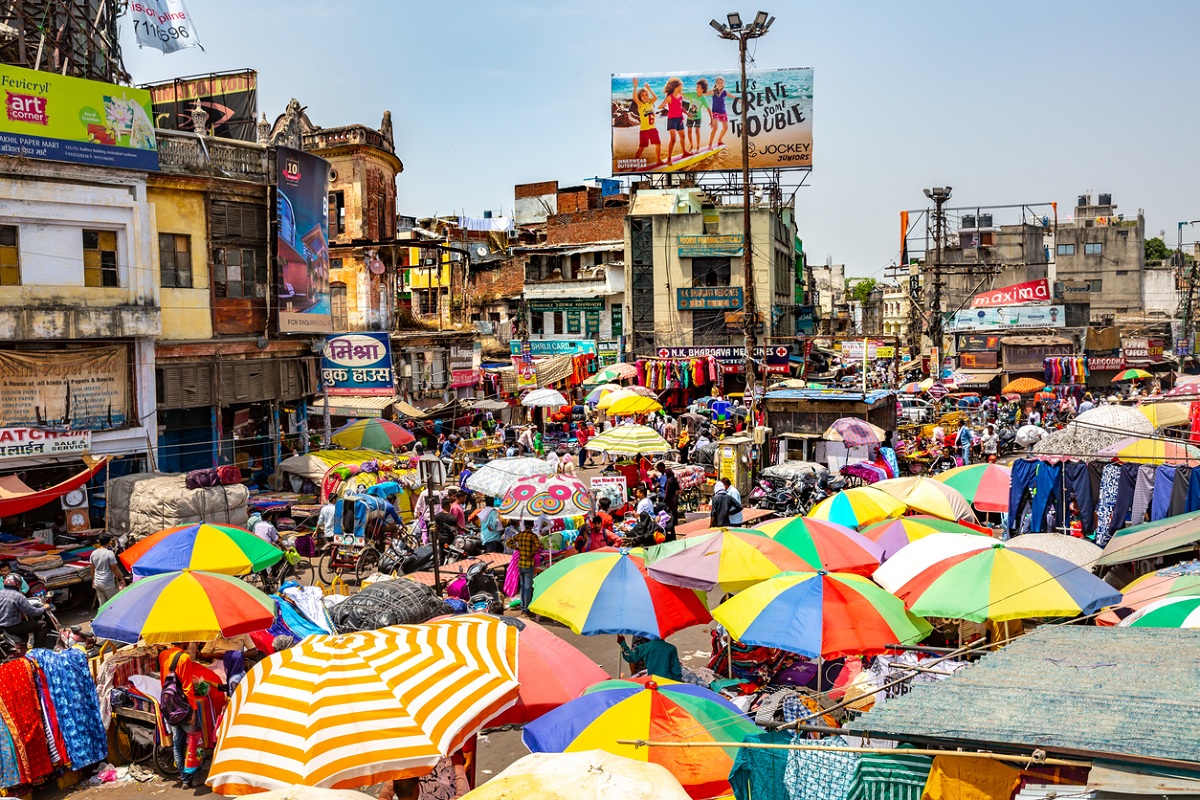
7. Experts’ Reactions
Trade experts worldwide are divided:
Pro-US View: India needs to embrace liberalization fully. Closing markets makes it look like an unreliable partner.
Pro-India View: The U.S. is using pressure tactics. Every sovereign nation has the right to protect its economy.
Neutral View: Both nations must strike a middle ground, because their alliance is too important to be derailed by trade quarrels.
8. Public Sentiment: Nationalism vs. Globalism
Among Indian citizens, reactions are also mixed:
Many believe India should not bow down to American pressure, as protecting farmers and small traders is crucial.
Others argue that opening markets will bring foreign investment, better products, and job opportunities.
Social media is buzzing with debates — with hashtags like #FixIndia being used both critically and sarcastically.
9. Global Context: U.S. vs. Protectionism
The U.S. has similar trade tensions with other countries too:
With China, over intellectual property theft and trade imbalance.
With the EU, over tariffs on steel and agriculture.
With developing nations, over market access.
So, India is not alone — but because of its size and strategic role in Asia, Washington is pushing harder.
10. Future Outlook: What Happens Next?
Several scenarios are possible:
Negotiated Settlement: India agrees to relax some rules in exchange for better U.S. concessions on visas and exports.
Continued Deadlock: Both sides keep disagreeing, but cooperate strategically.
Trade War: Unlikely but possible — tariffs and counter-tariffs could escalate.
Balanced Path: Gradual opening of sectors while protecting sensitive industries.
Most analysts believe the fourth option is the most realistic.
11. Why This Matters for the Common Person
For ordinary Indians, U.S.-India trade deals can affect:
Prices of Goods: If markets open, cheaper American goods may arrive.
Jobs: Some industries may lose to competition, while others may benefit from investment.
Technology Access: U.S. companies may bring advanced services.
Healthcare: Medical devices may get costlier or cheaper depending on policy.
So, this debate is not just about governments — it affects everyday lives.
12. Conclusion
The U.S. statement that there is a “need to fix India” is a reminder of the delicate balance between sovereignty and globalization. India, with its massive market, cannot be ignored. America, with its technological and financial power, cannot be dismissed.
The real question is: Can both nations rise above their trade disagreements to build a partnership that serves not just their governments, but also their people?
Until then, the world will be watching closely — because how Washington and New Delhi manage their economic ties could shape the future of global trade in the 21st century.
Note: Content and images are for informational use only. For any concerns, contact us at info@rajasthaninews.com.
जयपुर मे सोने और चां...
Related Post
Hot Categories
Recent News
Daily Newsletter
Get all the top stories from Blogs to keep track.




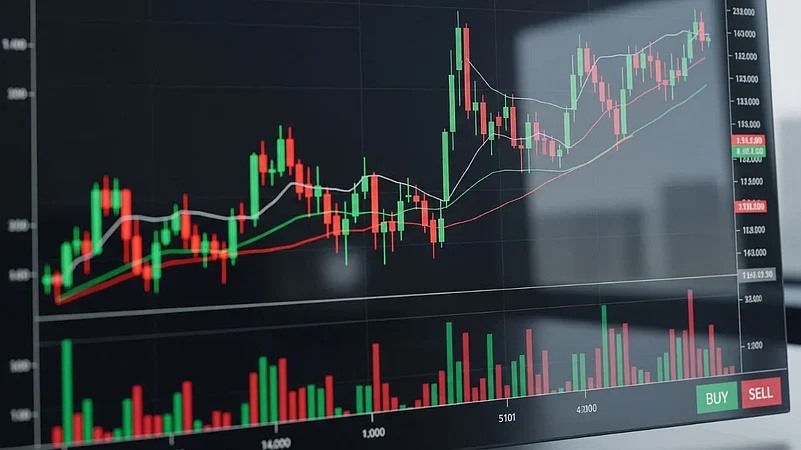
_1760523955.png)

